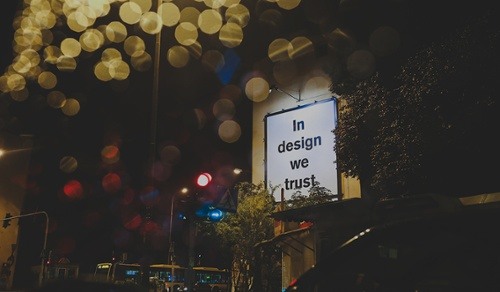Six Thinking Hats [Design Thinking]
According to Edward de Bono, confusion is a difficulty associated with thinking; this occurs because we try to do too much simultaneously. Bono also...
By Role
By Industry
By Target Customer
What We Offer
We drive business growth by improving operational efficiency through process optimization, smart automation, and cost control. Our approach boosts productivity, reduces expenses, and increases profitability with scalable, sustainable solutions
Customer Experience
We design memorable, customer-centered experiences that drive loyalty, enhance support, and optimize every stage of the journey. From maturity frameworks and experience maps to loyalty programs, service design, and feedback analysis, we help brands deeply connect with users and grow sustainably.
Marketing & Sales
We drive marketing and sales strategies that combine technology, creativity, and analytics to accelerate growth. From value proposition design and AI-driven automation to inbound, ABM, and sales enablement strategies, we help businesses attract, convert, and retain customers effectively and profitably.
Pricing & Revenue
We optimize pricing and revenue through data-driven strategies and integrated planning. From profitability modeling and margin analysis to demand management and sales forecasting, we help maximize financial performance and business competitiveness.
Digital Transformation
We accelerate digital transformation by aligning strategy, processes and technology. From operating model definition and intelligent automation to CRM implementation, artificial intelligence and digital channels, we help organizations adapt, scale and lead in changing and competitive environments.
Operational Efficiency
We enhance operational efficiency through process optimization, intelligent automation, and cost control. From cost reduction strategies and process redesign to RPA and value analysis, we help businesses boost productivity, agility, and sustainable profitability.
Customer Experience
Marketing & Sales
Pricing & Revenue
Digital Transformation
Operational Efficiency
It is easy to say that thinking outside the box allows us to solve complex problems innovatively, but putting it into practice can be a big challenge as we fall into repetitive thinking patterns. It is difficult to challenge everyday assumptions.
However, Design Thinking and its focus on an iterative process with constant questioning forces us to challenge those assumptions and gain new insights, redefining the problem, strategies, and solutions.
Index
What is Design Thinking?
Design Thinking is more than a process; it is a way of thinking that provides a solution-based approach to creative and collaborative problem solving through a collection of practical methods and an iterative process that seeks to understand users.
In essence, Design Thinking:
>> Introduction to Design Thinking <<

Design Thinking Process
Just as there is no single solution to the problems we want to solve through Design Thinking, there is no single way to practice the process. Currently, there are several frameworks for Design Thinking, which have different names and stages; however, they all contain the same bases and consist of the same principles.
For example, one of the first versions of the Design Thinking process is that of Herbert Simon, which consisted of 7 stages: Define - Investigate - Ideate - Prototype - Choose - Implement - Learn.
On the other hand, there are simpler versions, such as AIGA, consisting of 3 stages: Solve - Empathize - Create. These are visually represented by the head, the heart, and the hands.
In this blog, you will see the Stanford School of Design d.school model; they teach an iterative and non-linear process conformed by five stages: Empathy - Definition - Ideation - Prototyping - Testing.

The most important thing is understanding that "iterative and non-linear process." That phrase means that the executing team can use the result of one stage to evaluate and improve a previous step. This allows understanding the problem and redefining it when necessary, and creating new insights and alternative solutions that had not been thought of before.
Thinking outside the box
Design Thinking helps people think differently and from a new perspective. People who use this methodology develop the ability to:
>> Generating successful solutions with Design Thinking <<

Design Thinking applications
Applying Design Thinking allows:
![Six Thinking Hats [Design Thinking]](https://blog.icx.co/hubfs/Imported_Blog_Media/Seis%20sombreros%20para%20pensar%20%5BDesign%20Thinking%5D.webp)
According to Edward de Bono, confusion is a difficulty associated with thinking; this occurs because we try to do too much simultaneously. Bono also...

Do you know what the world's largest media and entertainment conglomerate, aka Disney, digital accommodation platform Airbnb, management systems...

Design Thinking is a concept that, as time goes by, is becoming more and more popular and necessary in business. It is a methodology, as well as a...